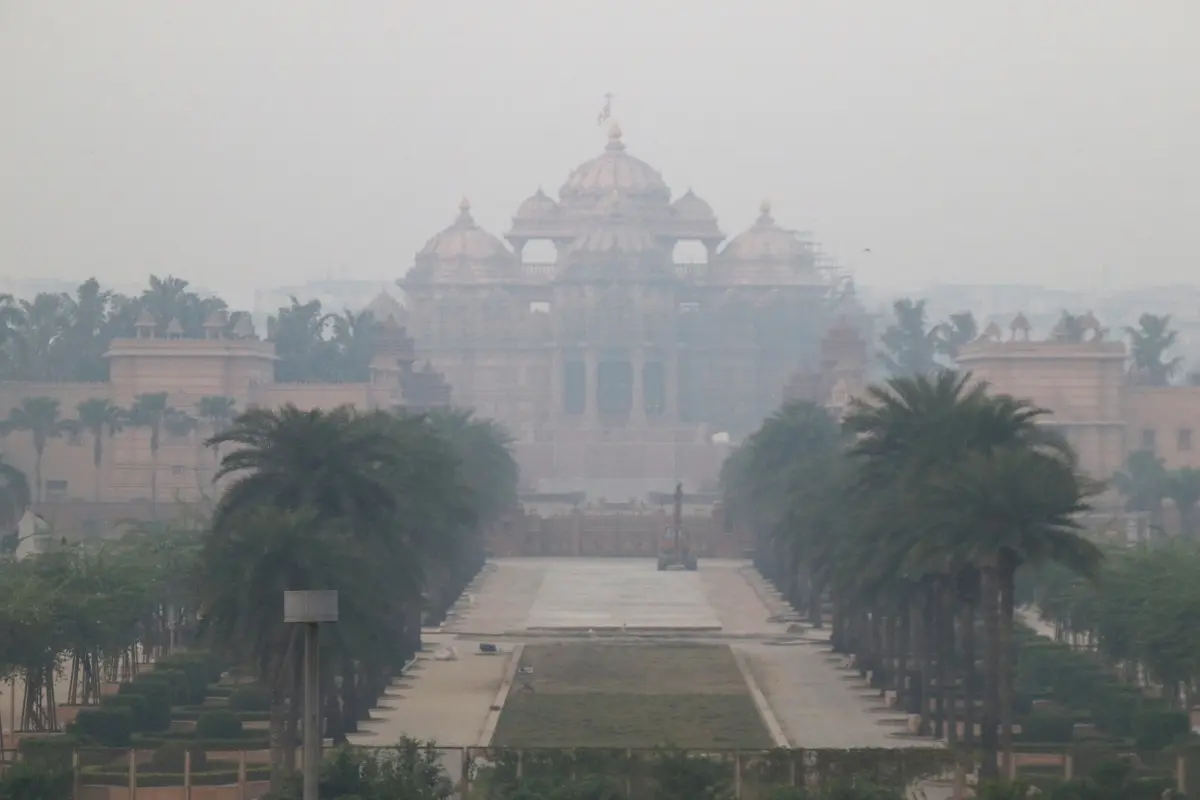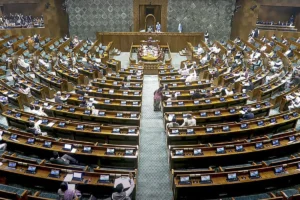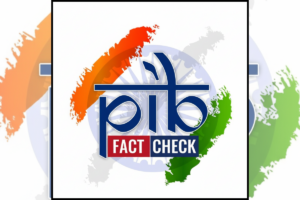
On Friday morning, Delhi-NCR’s air quality was classified as ‘very poor,’ with a light haze of smog covering the area.
According to the Central Pollution Control Board (CPCB), the average AQI for Delhi at 7:15 AM remained 371, a level far beyond what is deemed safe for residents.
In neighboring cities across the National Capital Region (NCR), air quality remained ‘poor’ as well.
Faridabad recorded an AQI of 263, Gurugram 281, Ghaziabad 274, Greater Noida 234, and Noida 272.
The AQI in several areas of Delhi soared above 400, categorizing the conditions as ‘severe’ to ‘severe plus’. Locations like Anand Vihar (410), Bawana (411), and Wazirpur (413) were among the worst-hit.
Other parts of the city also saw AQI levels nearing 400, including areas such as Alipur (389), Ashok Vihar (395), and Chandni Chowk (369).
CPCB Air Quality Categorization: ‘Poor’ To ‘Severe Plus’
The CPCB categorizes AQI as follows:
- 200-300 is ‘poor’,
- 301-400 is ‘very poor’,
- 401-450 is ‘severe’, and
- Anything above 450 is categorized as ‘severe plus’
With AQI levels this high, the air quality poses serious health risks to residents, especially those with respiratory conditions.
In an effort to combat pollution in the national capital, the New Delhi Municipal Corporation (NDMC) carried out night cleaning and road sweeping at various sites early Friday morning.
On Thursday, Delhi’s air quality had briefly improved from the ‘severe’ category to ‘very poor’ but remained well above the safe threshold.
At 7:15 AM Friday, the AQI for Delhi had dropped to 389 but was still dangerously high.
The government has taken urgent measures, including implementing staggered working hours for central government employees. It has adjusted office timings to either 9 AM to 5:30 PM or 10 AM to 6:30 PM to ease the strain on the city’s roads.
The Union Ministry of Personnel also encouraged employees to use public transport or carpool in an effort to cut down on vehicular emissions.
The air pollution levels are alarming, so the Commission for Air Quality Management (CAQM) has updated the Graded Response Action Plan (GRAP). They have introduced stricter measures to tackle the pollution.
The officials have ordered schools in the NCR to suspend in-person classes for younger students (up to Class 5) under Stage 3 of GRAP, and for older students (up to Class 12) under Stage 4.
Additionally, the authorities also advise residents to wear masks when outdoors during periods of hazardous air quality.
Also Read: AAP Unveils First List Of 11 Candidates For Upcoming Delhi Assembly Elections
To read more such news, download Bharat Express news apps





















